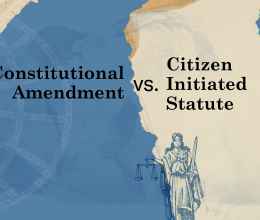The United States is the world’s largest jailer. With only 5 percent of the population, it has 25 percent of the world’s prison population.
In 1926, following a mandate from Congress, the National Prisoners Statistics Program began collecting demographic data voluntarily provided by states about people detained in jails, state, federal, and private prisons in the United States. The Bureau of Justice Statistics recently issued its annual report Prisoners in 2013.
Nationally, there are an estimated 1,574,700 persons in state and federal prisons, an increase of about 4,300 prisoners from 2012. This was the first increase reported since the peak of 1.6 million prisoners in 2009. Although states held 6,300 more prisoners than the previous year, the increase was offset by the first decrease in federal prisoners (down 1,900) since 1980. Overall, states admitted 9,000 more sentenced prisoners in 2013 than they released.
Key Takeaways
- The female prison population is one of the fastest growing populations with black women being incarcerated at twice the rate of white women.
- A quarter of all incarcerated females were serving time for a drug offense.
- Black males were over-represented across all age groups and comprise the largest portion of male prisoners in state and federal prisons.
- The number of youth 17 years old and younger decreased in adult prisons.
How Does Ohio Compare to Other States?
- Ohio has the seventh largest prison population in the nation.
- We had the fourth largest female prison population in the country.
- We had the sixth highest prison admission rate in the country.
Where is Ohio today?
According to the Ohio Department of Rehabilitation and Corrections:
- The female prison population is growing at alarming rates.
- There are 57 pregnant women in Ohio’s prisons.
- Our prison capacity is 38,579 but 50,624 are currently incarcerated.
- Black people are disproportionately over-represented in Ohio’s prisons. This is not surprising given that black people are more likely to be arrested than their white peers for the same offense.
Ohio is a national leader in incarceration and criminalization. I hope that we change course soon—other states are!








